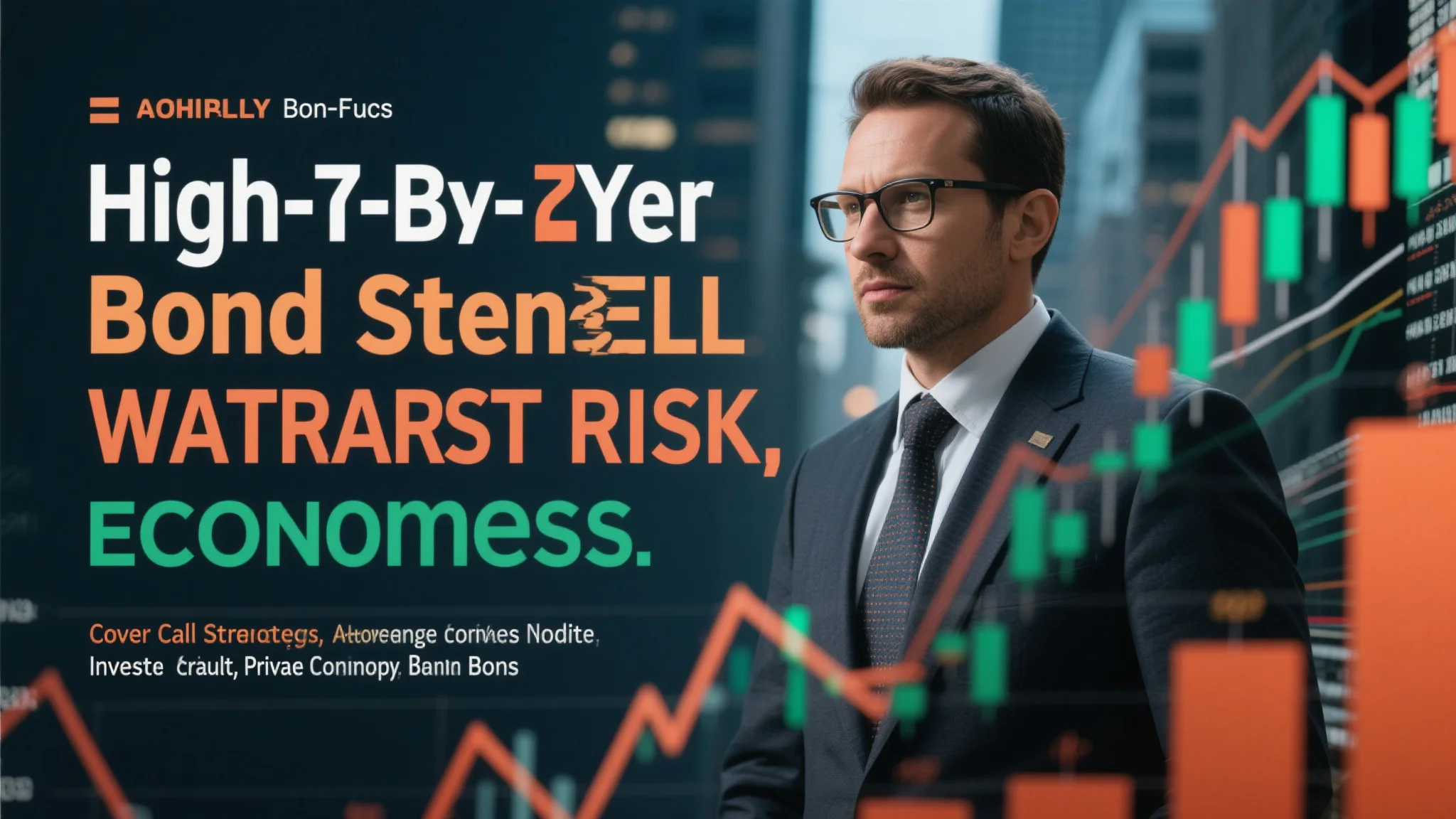
Are High-Yield Bonds Still Worth the Risk in Today’s Economy?
The Current Landscape of High Yield Bond Funds
In today’s volatile economic environment, investors are increasingly questioning whether high yield bond funds still deserve a place in their portfolios. These funds, which invest in below-investment-grade corporate debt, have traditionally offered higher returns to compensate for their greater risk. However, with interest rates at elevated levels and economic uncertainty persisting, the risk-reward calculus for these instruments has become more complex.
The appeal of high yield bond funds lies in their potential to generate income that outpaces inflation while providing diversification benefits. Unlike investment-grade bonds, high yield securities often behave more like equities during market movements, offering a different correlation pattern that can benefit overall portfolio construction. Yet this same characteristic means they may not provide the same safe-haven qualities during market downturns that higher-quality bonds typically offer.
Structured Notes Investment: A Sophisticated Alternative
For investors seeking more customized risk exposure, structured notes investment products present an intriguing option. These hybrid securities combine bonds with embedded derivatives to create payouts linked to the performance of underlying assets. While complex, structured notes can offer principal protection features or enhanced yield opportunities that appeal to investors wary of traditional high yield bonds’ volatility.
The flexibility of structured notes investment solutions allows for tailoring to specific market views or risk tolerances. Some notes provide buffered exposure to high yield markets, limiting downside participation while allowing upside potential. Others might offer coupon payments linked to credit spread movements or default rates. This customization comes at a cost, however, as structured products typically involve higher fees and less liquidity than conventional bond funds.
Covered Call Strategy for Enhanced Income
Investors looking to boost income without venturing deeply into high yield territory might consider implementing a covered call strategy. This options-based approach involves selling call options against existing equity holdings to generate premium income. While not directly comparable to bond investing, covered calls can provide an alternative source of regular cash flow with potentially lower credit risk than high yield bonds.
The covered call strategy works particularly well in range-bound or moderately bullish markets. The income from option premiums can enhance overall portfolio yield while providing some downside protection (the premium received offsets potential losses). However, investors must understand they’re capping their upside potential in exchange for this income, and the strategy requires active management to adjust positions as market conditions change.
Private Credit Investment: The Institutional Approach
Sophisticated investors have increasingly turned to private credit investment opportunities as an alternative to traditional high yield bonds. This asset class involves lending directly to corporations outside of public markets, often through private debt funds or business development companies. Private credit can offer higher yields than public high yield bonds, along with stronger covenant protections in many cases.
The illiquid nature of private credit investment means it’s typically only suitable for investors with longer time horizons. However, the asset class has demonstrated lower default rates than comparable public high yield bonds historically, in part due to more rigorous underwriting standards and active lender oversight. For those able to tolerate the lack of daily pricing and liquidity, private credit can provide compelling risk-adjusted returns in today’s environment.
Corporate Bond Funds: A Balanced Middle Ground
For investors wary of high yield volatility but still seeking income, corporate bond funds focusing on investment-grade issuers may represent a prudent compromise. These funds invest in debt issued by financially stable corporations, offering yields above government bonds but with substantially less credit risk than high yield alternatives. In the current climate, many investment-grade corporate bonds offer attractive absolute yields by historical standards.
The diversification benefits of
Post navigation


